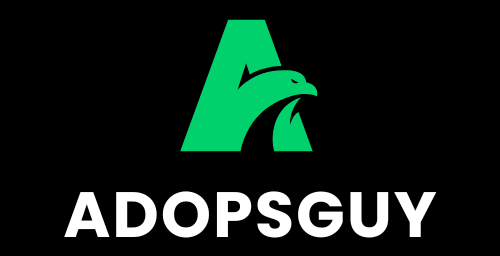Easiest Ways to Boost Ad Revenue? What Are the Easiest...

The arrival of 5G technology is a game-changer for digital advertising, with the potential to transform the way publishers deliver content and engage audiences. Unlike 4G, which had limitations in speed and data capacity, 5G brings incredibly fast internet speeds, minimal latency, and the ability to support more devices connected to the internet simultaneously. For publishers, this means websites and apps will load content almost instantaneously, allowing for richer ad formats like high-definition video ads, augmented reality (AR), and virtual reality (VR) experiences. This opens the door to more immersive, interactive advertisements that can captivate users and hold their attention longer, leading to higher engagement rates and ad click-throughs.
Speed and performance improvements with 5G are significant for publishers in a competitive digital landscape where user attention is short, and loading delays can cause high bounce rates. With 4G, publishers often had to make trade-offs between content quality and loading speed, especially when it came to rich media ads. These concerns are reduced with 5G, where faster data transmission allows complex, data-heavy ads to load seamlessly. This means publishers can confidently offer high-quality ads, from HD videos to interactive and even 3D ads, without sacrificing performance. This results in a better overall user experience, with less frustration due to slow loading times, and more opportunities for brand storytelling through sophisticated ad formats.
One of the key impacts of 5G will be on data collection and personalization. With faster connectivity and larger bandwidths, advertisers will be able to gather real-time data more effectively. This can lead to more accurate, timely, and relevant ads being served to users. Imagine walking past a store, and within seconds, receiving a highly targeted offer from that store, thanks to location-based targeting enabled by 5G’s speed and connectivity. For publishers, this capability means more precise ad placements that appeal directly to individual users’ behaviors and interests, increasing the value of their ad inventory. Advertisers will be willing to pay more for targeted ad space, as they can serve relevant, dynamic ads that are much more likely to convert.
Another major benefit of 5G for publishers is its impact on mobile advertising. With a growing number of users accessing content on smartphones and tablets, 5G will make it easier for publishers to serve engaging mobile-first ad experiences. Mobile advertising will benefit from 5G’s ability to handle heavier content, such as video, without causing slowdowns or disruptions. This is particularly crucial as mobile traffic continues to grow, and users increasingly rely on their phones to browse, shop, and consume media. Faster mobile speeds mean publishers can optimize their ads for mobile devices, leading to better user experiences and increased engagement with mobile ad formats. Moreover, publishers can explore more advanced forms of dynamic advertising, where ad content adjusts in real-time based on user behavior or location, further enhancing personalization.
Another exciting opportunity with 5G is the growing use of Internet of Things (IoT) devices. As 5G enables more connected devices, such as smartwatches, voice assistants, and smart TVs, publishers will be able to tap into these new advertising channels. This could involve serving ads through smart home systems or pushing notifications directly to wearable devices, making ads more integrated into consumers’ daily lives. For publishers, this creates fresh possibilities to innovate with ad formats tailored to these emerging platforms, increasing overall reach and opening up new revenue streams.
Finally, 5G will enable advertisers and publishers to experiment with emerging technologies like augmented reality (AR) and virtual reality (VR) in digital advertising. These cutting-edge formats require significant bandwidth and low latency, making 5G the ideal enabler for them. Publishers can collaborate with brands to create immersive ad experiences that blend the digital and physical worlds, allowing users to interact with products virtually before making a purchase decision. For instance, consumers could “try on” products using AR before buying, or take virtual tours of holiday destinations. Such interactive experiences could enhance user engagement and create memorable touchpoints that drive brand loyalty.
In conclusion, the impact of 5G on digital advertising will be profound, revolutionizing how publishers deliver ads and how users engage with them. The enhanced speed, reduced latency, and greater capacity for data transmission will enable publishers to offer richer, more dynamic ads that captivate users and enhance brand visibility. By leveraging these new capabilities, publishers can stay ahead of the curve, offering innovative ad formats and personalized experiences that cater to the modern digital consumer. With 5G, the future of digital advertising is set to become more engaging, interactive, and data-driven than ever before.
Easiest Ways to Boost Ad Revenue? What Are the Easiest...
Best Places for Ad Tags Best Places for Ad Tags...
We’d love to hear from you! At Adopsguy, we’re committed to providing exceptional support and answering any questions you may have.

The Only Partner you need in Ad-tech
Copyright © 2025 Adopsguy. Designed & Developed by Haven Digi Tech.